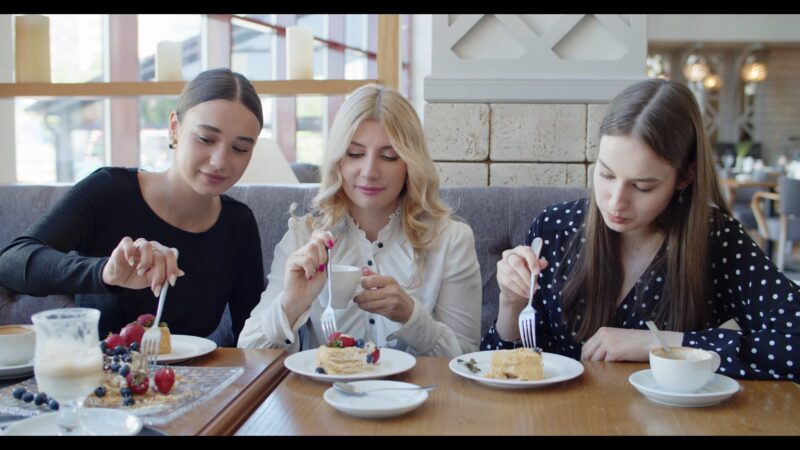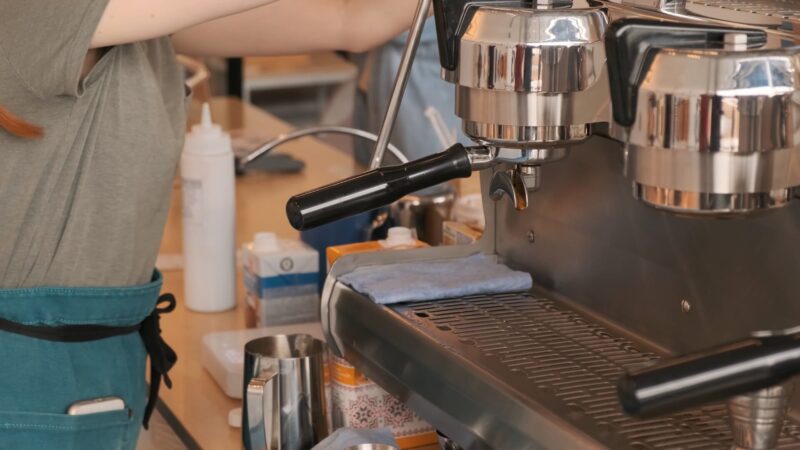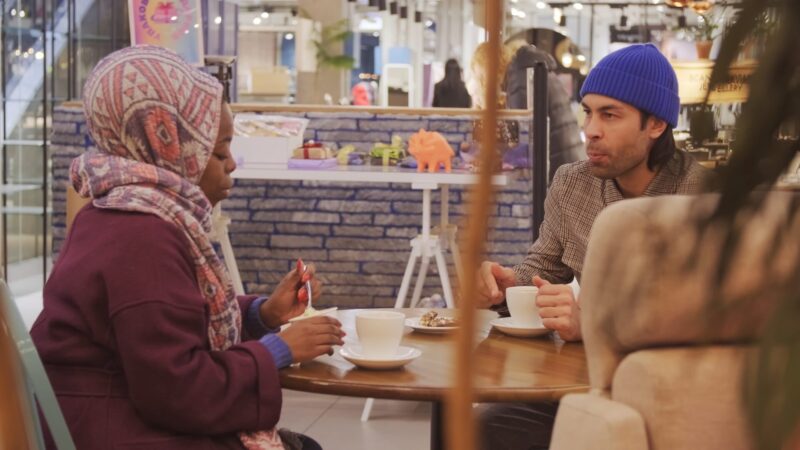What is “Brand”?
Hello! Today, let’s learn together about “brand.”
A brand isn’t just a name or a logo.
For example, imagine there’s a bakery you’d like to recommend to a friend.
The shop’s flavors, its atmosphere, the kindness of the staff—all of that combines into the “brand.”
A brand refers to the image and emotions that remain in the customer’s mind.

Why does a shop become a brand?
Picture a bakery that lines its shelves every morning with freshly baked, handmade breads.
When customers eat that bread, they feel “comforted” or “warm inside.”
As these experiences repeat, an image forms: “That bakery feels welcoming.”
This is the essence of a brand.
How Is a Brand Created?

A brand doesn’t form overnight.
First, the people behind the shop or product clarify “what value do we want to deliver?”
Suppose they aim “to bring a smiling breakfast to every family every morning.”
With that vision, they choose product designs, interior colors, and packaging styles, and plan the menu and customer service approach.
By consistently executing these plans, customers come to feel “I can trust this shop” or “this treat is special.”

Moreover, a brand is communicated through all five senses—sight, sound, smell, and so on—not just words.
For instance, a bakery with the sweet scent of cream in the air or a café playing pleasant music can convey its brand visually, auditorily, and olfactorily.
Planning and carefully executing a unified multi-sensory experience is key to brand-building.
Why Is a Brand Important?

So, why does a brand matter?
Because it builds customer trust and becomes the power that keeps you chosen in a competitive market.
With many similar products available, when a customer thinks, “This bakery’s bread is always delicious” or “I love that café’s vibe,” they choose that place over others.
This “reason to choose” is the strength a brand creates.

A brand is also a promise to customers.
If you keep that promise, customers buy with confidence, and even when you launch new products, they’ll think, “I trust this brand.”
A brand gives tangible form to the trust you’ve built.
How Do You Spread a Brand?

Simply creating a brand doesn’t make it spread.
Next, you have to think about how to get customers to notice and experience it.
A simple first step is greeting people passing by the shop or offering samples.
For example, handing out small pieces of freshly baked bread to passersby can generate “This is delicious!” reactions, and word of mouth spreads from there.

To reach even more people, you might set up a booth at a local event or get featured in a community free paper.
By directly sharing your shop’s atmosphere and products, you grow your brand’s fan base.
How Do You Protect a Brand?

Once you’ve built a brand, you need to protect it.
If product quality drops or the shop’s atmosphere changes, fans will be disappointed, thinking, “It used to be great…”
To protect your brand, always listen to customer feedback and continuously improve.

For instance, if someone says, “Could you make it a bit less sweet?” try adjusting the recipe.
Don’t fear change—respond so that customers can continue to trust your brand.
Rigorous quality control and staff training are essential to maintaining a brand that customers rely on.
How Do You Measure a Brand?

When a brand has grown, you’ll want to check, “Is our message really getting through?
How much do customers like us?”
One way is to ask customers, “Would you buy this again?” after they use a product. High scores indicate they like your brand.

It’s also important to track how many people visit the shop and how many return regularly.
An increase in weekly repeat customers shows “they love this brand.”
You can also see how many “likes” and comments you get on social media or your website—the more engagement, the more buzz around your brand.

Finally, word-of-mouth referrals—how often customers recommend your brand to friends and family—are crucial.
When someone says, “This pen writes so smoothly!” to a friend, your brand spreads organically.
Regularly measuring these factors and improving based on the results will make your brand stronger and more enduring.
How Does This Apply to Marketing?

Brand-building is at the heart of marketing.
Marketing is the process of researching and delivering the value customers seek.
Leveraging your brand makes marketing efforts more effective.

First, it’s essential to define your target audience.
Knowing who you want to reach keeps product development and advertising on track.
Next, unify your brand message so customers immediately recognize “this is it!” when they see your product.

For example, if you make snacks using only natural ingredients, include “safe” and “wholesome” in all your ads and in-store signage.
This way, whenever customers come in, they consistently feel “I can trust this for my health,” and your brand message is delivered cohesively.
A Concrete Example

Up to now, we’ve been abstract—let’s look at a real-world example.
Imagine a stationery store with the concept, “Gather supplies that make studying fun.”
Inside, you use bright colors, play upbeat music, and decorate with cute, hand-drawn signs.
Staff gently encourage, “Even if you struggle with studying, this will make it enjoyable.”

By doing this every day, you foster the image, “If I go there, studying will feel fun,” and customers keep coming back.
Changing products seasonally or adding a try-it-out writing station keeps the brand experience fresh.
Brand Growth and the Future

A brand isn’t finished—it grows.
Each time you launch a new product, observe customer reactions and adapt, offering even better experiences.
When opening new locations, preserve your core values while incorporating local needs, winning support from a broader audience.

In the future, it’s important to deliver brand experiences online through social media and video platforms.
Sharing how your products are made or featuring customer testimonials in videos can convey your brand’s appeal to distant audiences.
Conclusion

Today we learned about “brand.”
A brand is the image and experience a product or shop holds—it builds trust and keeps customers coming back.
You create a brand by clarifying “what you want to deliver,” offering a consistent multi-sensory experience, and protecting and nurturing that trust. In marketing, unifying your brand message and targeting your audience are keys to success.
We saw a stationery store example, how to shape and grow a brand, and how to evolve it for the future.
Brand-building is an ongoing journey of maintaining, nurturing, and evolving the power that connects you to tomorrow.
Thank you for watching! See you next time.
This article uses material from the Wikipedia article “Brand” which is released under the Creative Commons Attribution-Share-Alike License 4.0.


